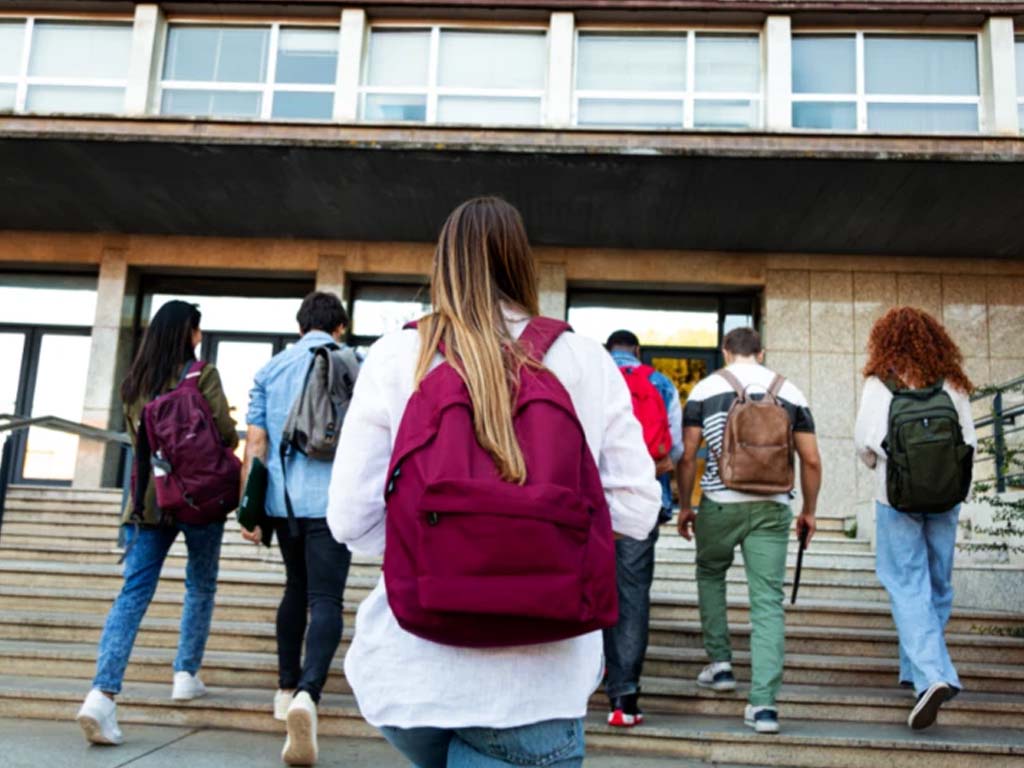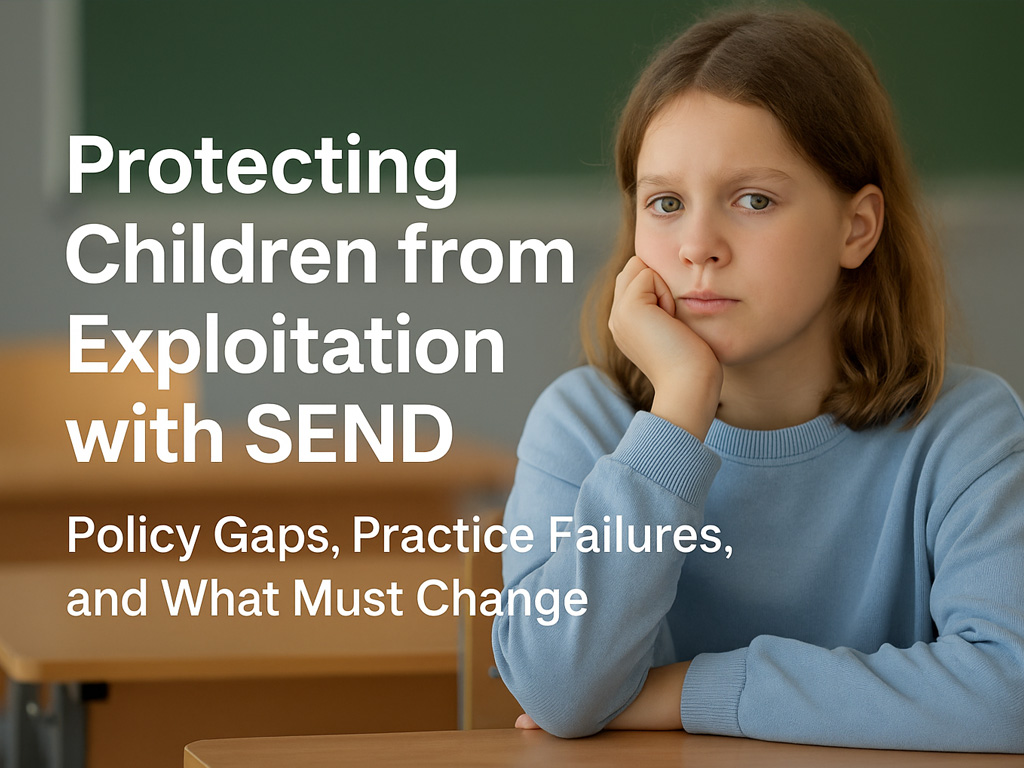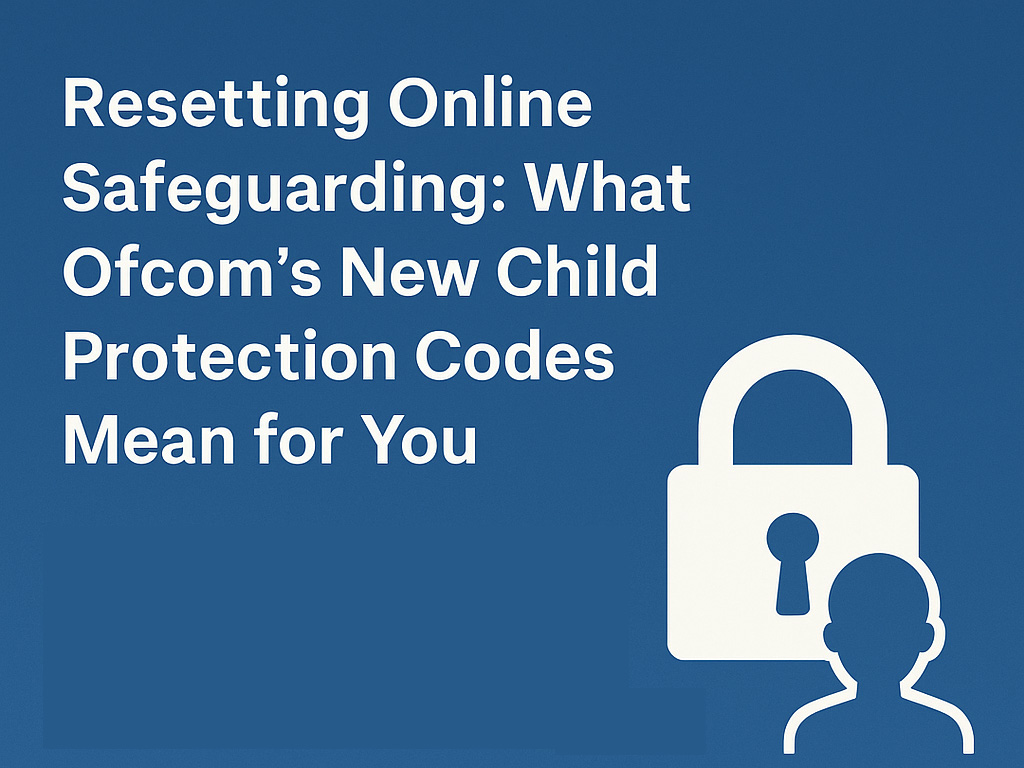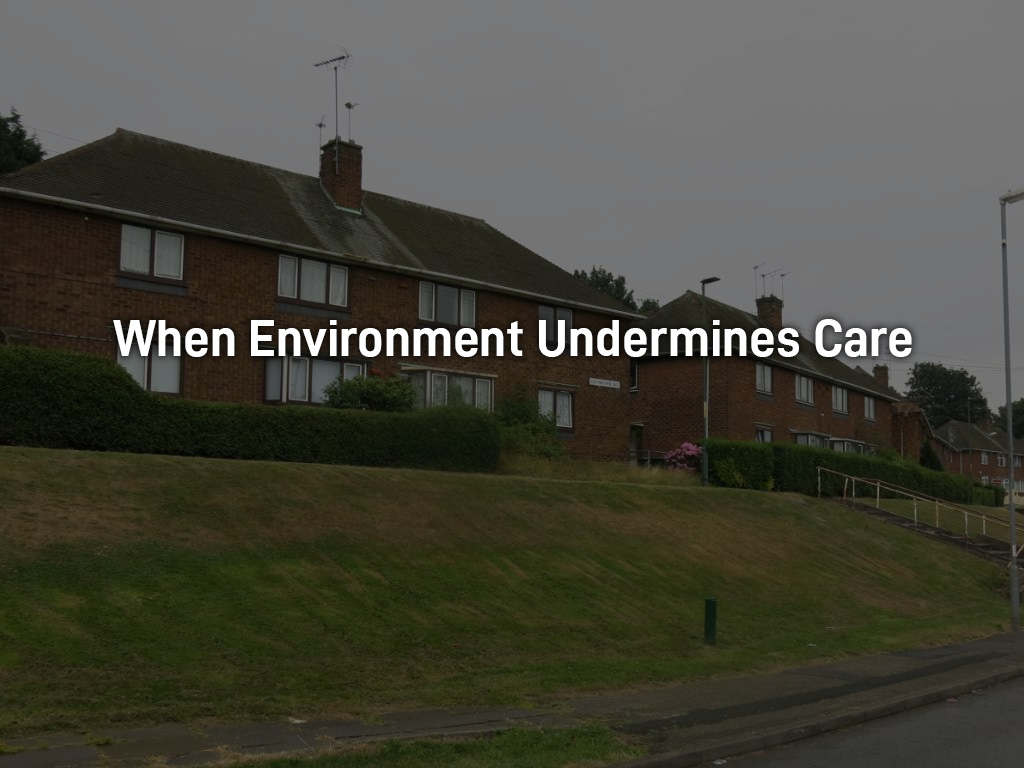
Confronting Misogyny in Schools
Misogyny is no longer a fringe issue—it’s an urgent, mainstream safeguarding concern in UK schools. A new BBC survey of over 6,000 secondary teachers reveals that more than a third have witnessed misogynistic behaviour among pupils in just the past week. As online hate and toxic masculinity infiltrate social media feeds, young people—especially boys—are increasingly exposed to dangerous ideologies that warp their views of women, relationships, and even themselves. At SLC Training, we believe schools must take a proactive, joined-up approach to counter harmful attitudes, support affected pupils, and equip staff with the tools they need to respond confidently and effectively. The figures speak volumes: Teachers are on the front lines—but many feel they lack the knowledge, confidence, or frameworks to intervene early and effectively. With misogynistic attitudes becoming normalised through online influencers, gaming spaces, and anonymous chatrooms, schools are now navigating an ideological threat as much as a behavioural one. Online personalities who promote extreme views on gender and masculinity are having a measurable impact on pupils. One student interviewed by the BBC, 14-year-old Adam, described how daily exposure to harmful content taught him that expressing emotion made him “less of a man.” This messaging shaped his behaviour and affected his mental health until he began counselling at school. Teachers across the UK are reporting similar stories: boys parroting content from influencers, using coded language or emojis linked to incel culture, and repeating narratives that objectify, dismiss, or devalue girls and women. This is not just inappropriate—it’s indoctrination. While boys are the primary targets of online grooming into misogynistic ideology, it is their female classmates who suffer the consequences. A study by University College London found that since the pandemic, girls are significantly less likely to feel safe in school than boys. Many report hearing sexist language regularly, even outside of school, and feel frustrated by the lack of consistent intervention. Teenage pupil Theresa shared that assemblies on respectful behaviour were a positive step, but more is needed to create a culture where derogatory comments are not tolerated—and where girls are supported, not dismissed, when they raise concerns. Beacon Hill Academy in Dudley provides a strong model of proactive safeguarding. Head teacher Sukhjot Dhami has implemented a “zero tolerance” policy on sexist language and uses digital monitoring tools to identify early indicators of harmful attitudes. Importantly, the school educates both students and parents. After the Netflix drama Adolescence aired, Dhami sent guidance home explaining the language and symbols used in incel spaces and how parents can monitor online activity. He has also hosted parental awareness sessions to help families understand how these ideologies take root. Beacon Hill’s system ensures any sexist comments made—verbally or digitally—are logged, tracked, and responded to. This allows the safeguarding team to act before patterns escalate into more serious incidents. Schools don’t need to wait for policy changes to make a difference. The BBC survey and UCL research show that intervention is most effective when it is early, consistent, and multi-layered. Key actions include: Misogyny in schools is not simply a behavioural issue—it is a safeguarding priority. It harms both boys and girls, disrupts learning environments, and undermines efforts to foster respectful, inclusive school cultures. With guidance still developing, it is essential that schools act now. At SLC Training, we support educators through specialist safeguarding programmes that address gender-based harm, toxic masculinity, online radicalisation, and student wellbeing. Let us help your school build a culture of respect, equality, and resilience—where all students can thrive free from prejudice, fear, or hate.Confronting Misogyny in Schools: What Educators Must Know and Do
What the Data Tells Us
The Influence of Online Culture
Girls Bear the Brunt
Leading by Example: A Case Study
What Schools Can—and Must—Do
Conclusion: Tackling the Roots, Not Just the Symptoms




